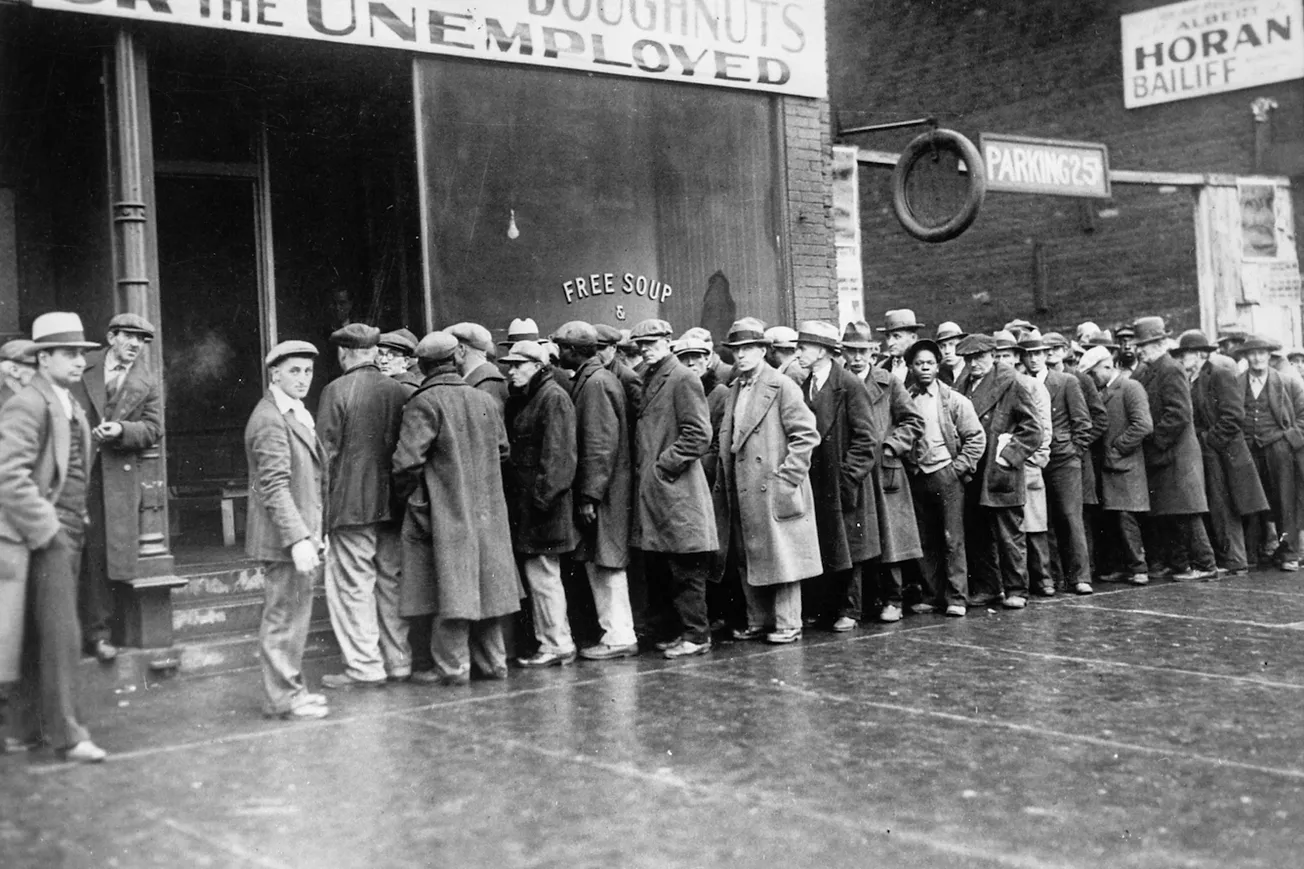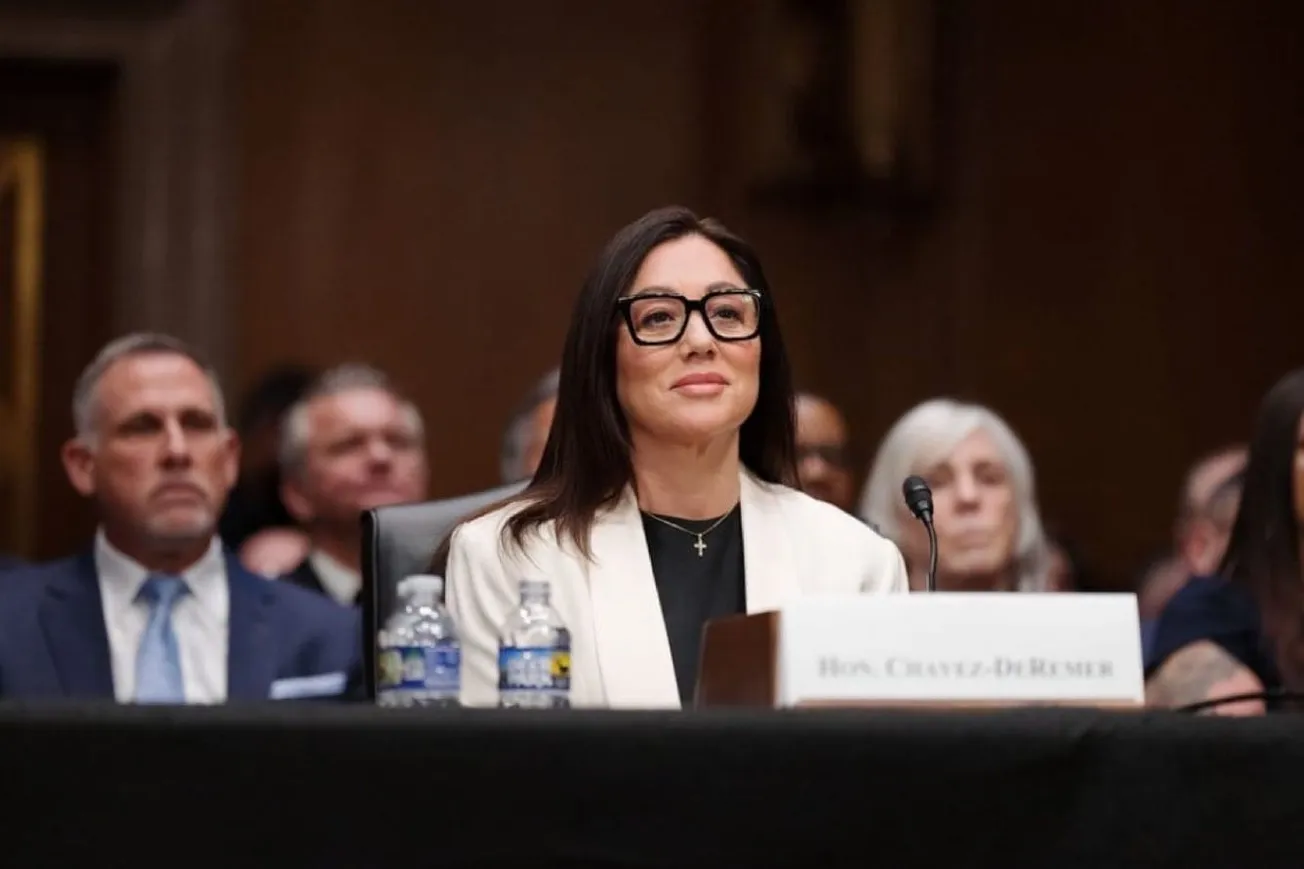By Ryan McMaken, the Mises Institute on August 10, 2023
The prevailing orthodoxy among many observers of the economy right now is that the job market remains tight, and therefore the economy is in great shape. On the surface, the job situation does appear stable and in the wake of the FOMC's meeting late last month, the committee concluded "job gains have been robust in recent months." In fact, after predicting an impending recession in June of this year, the Federal Reserve's staff subsequently reversed course, and declared there is no recession coming. The Fed, of course, is notoriously clueless when it comes to spotting recessions on the horizon. Then-chairman Bernanke predicted in February 2008 there would be no recession in 2008. That was just a few months before the 2008 financial crises, and months after the Great Recession had actually begun.
In spite of numerous red flags in 2007 and 2008 showing a recession was either looming or in progress, the "experts" and media were falling all over themselves predicting a "soft landing." The refrain is always this: "this time is different. Yes, the yield curve and home prices and half a dozen other indicators point to recession. But none of that applies anymore!"
Many of those same red flags are present right now, and we're hearing the exact same line about how "this time is different."
Maybe.
But, the recessionary red flags continue to pile up, and here's another one: temp jobs are falling, and that's been a recession signal for at least the past four recessions.
You don't have to take my word for it, either. Here is the Bureau of Labor Statistics explaining in 2021 why the fall in temp jobs provides advance warnings of recessions:
We observed [in the lead-up to the Great Recession] that employment movements in the temporary help services industry preceded employment movements in the overall economy. Although temporary workers (temps) account for just 2 percent of total nonfarm employment in the United States, employers have increasingly relied on temps—typically supplied by temporary help agencies—to provide greater flexibility in meeting their staffing needs. When the economy expands, employers are able to ramp up quickly by using temporary workers until permanent staff are hired. Also, temporary help agencies offer flexible staffing, candidate screening, and the opportunity to try out potential hires before committing to a permanent employment contract. Conversely, when the economy contracts, flexible labor arrangements provided by temp agencies allow firms to scale down their operations readily and without the added expense of separation pay or having to let go of their best workers. For these and other reasons, temporary help jobs are widely viewed as an important port of entry to permanent employment from the candidate’s perspective and a flexible staffing tool for employers.
For these reasons, the BLS concludes, falling temp jobs have been closely connected to trends in the business cycle and,
Declines in THS employment preceded those in the overall labor market by 6 to 12 months in all three of the aforementioned recessions prior to the 2020 pandemic. Temp services also added jobs several months before the overall labor market began to recover following these recent recessionary periods.
We can see this visually if we look at the month-over-month changes in THS jobs. THS growth turned negative in December 2022 and as of July has been negative for seven months in a row. In fact, THS jobs in July were down 4.7 percent, which is the lowest since 2020 and is comparable to what we saw in the months before the beginnings of recessions in 1990, 2001, and 2007. Temp jobs growth also fell below zero in 2019, reminding us that the US economy was headed for a 2020 recession even without the Covid Panic.

This isn't just a year-over-year measure either. THS jobs have fallen, month-to-month, for seven months in a row. There is good reason to believe employers are at that part of the cycle in which, as the BLS puts it, "flexible labor arrangements provided by temp agencies allow firms to scale down their operations readily and without the added expense of separation pay or having to let go of their best workers." There is no longer a need to use THS workers as a means of screening potential new workers or adding work hours to supplement the full-time work force. The need for new workers is fading fast and dropping temp workers is a cheap way to cut costs.

Indeed, on this latter point, we can note that average weekly hours of all employees have been declining also. This gives us even more reason to believe that employers are trying to find ways to scale back employment without actually getting rid of any trained employees. After all, training employees is costly, as is severance pay. There is good reason to believe that, at least in the short term, employers really are "hoarding workers," even while total work hours is falling. As Reuters reported last week:
after struggling to fill jobs during the boom triggered by the COVID-19 pandemic, he didn't this time. "I knew it would be hard to find people when business came back, let alone train them," said Kelly, the CEO of Emerald Packaging. So he held on to his employees and found ways to curb their hours, including cutting overtime.
When employers seek to economize in this way, however, temporary workers are the first to go, and that's apparently what we are seeing now.
Of course, there's always an outside chance that there's something we're missing, and everything is perfectly fine. Yes, the money supply has plunged at a rate not seen since the Great Depression. That's usually a sure sign of economic crisis. But maybe it's wrong now. The deeply inverted yield curve we now witness might now be wrong this time in spite of predicting at least the last five recessions. Sure, the leading indicators index might somehow not apply this time. The recession-level manufacturing index might this time—for some reason—not be relevant.
It seems unlikely, however, that all of those indicators are wrong this time. Nonetheless, countless bullish "experts" right now carefully ignore all of this to spin theories about how the economy is actually very strong right now, rejecting the data and real-world experience of the past forty years.
On the other hand, here at mises.org, we have explained why these indicators reflect a downward turn in the business cycle. See here, for example on why an inverted yield curve means trouble. Or see here for why a falling money supply points to recession. And then there is the fact that even the "good" data isn't as good as we're led to believe. The drop in temporary jobs is just the latest evidence suggesting the Fed and its cheerleaders in the media are wrong yet again.
Ryan McMaken (@ryanmcmaken) is executive editor at the Mises Institute.
Original article link









